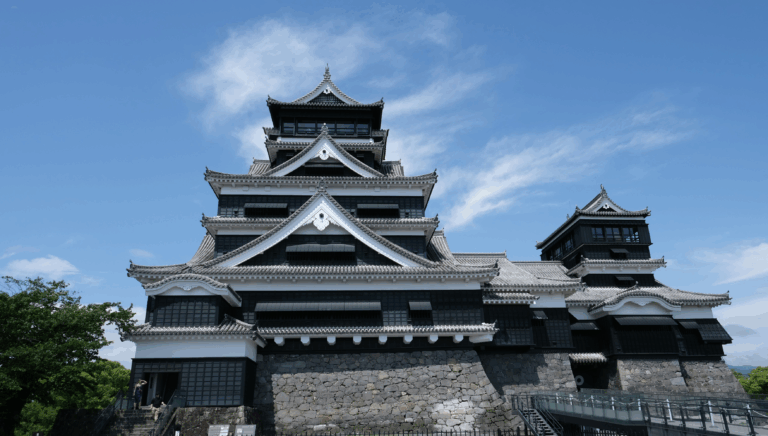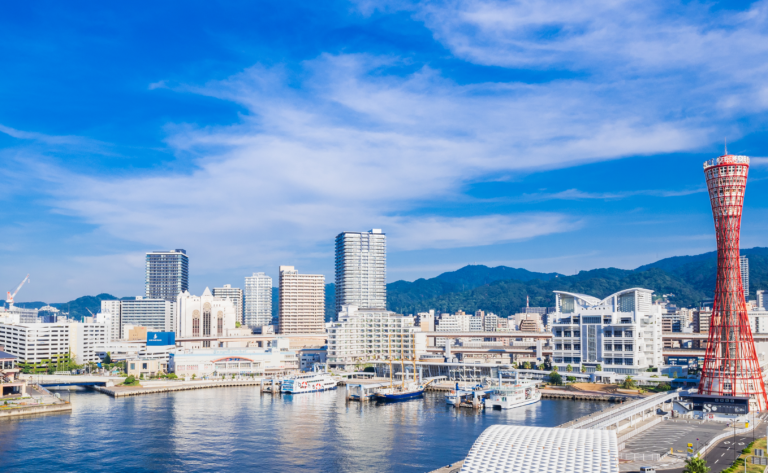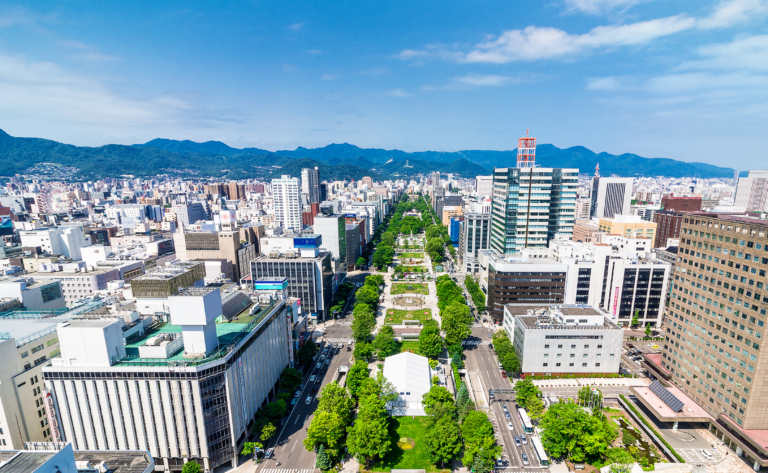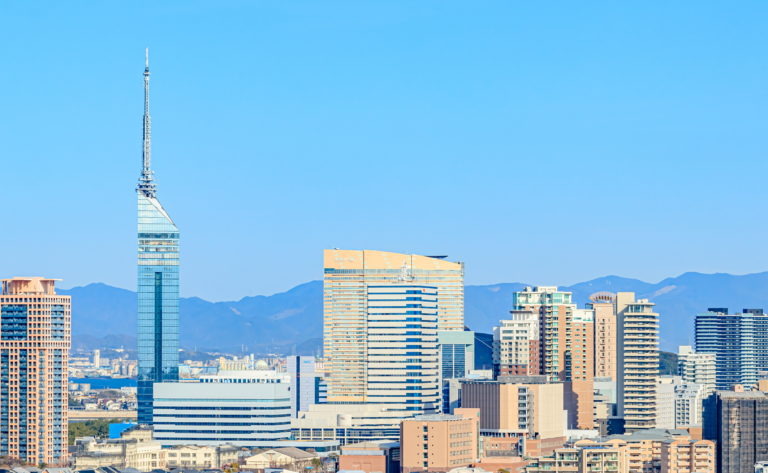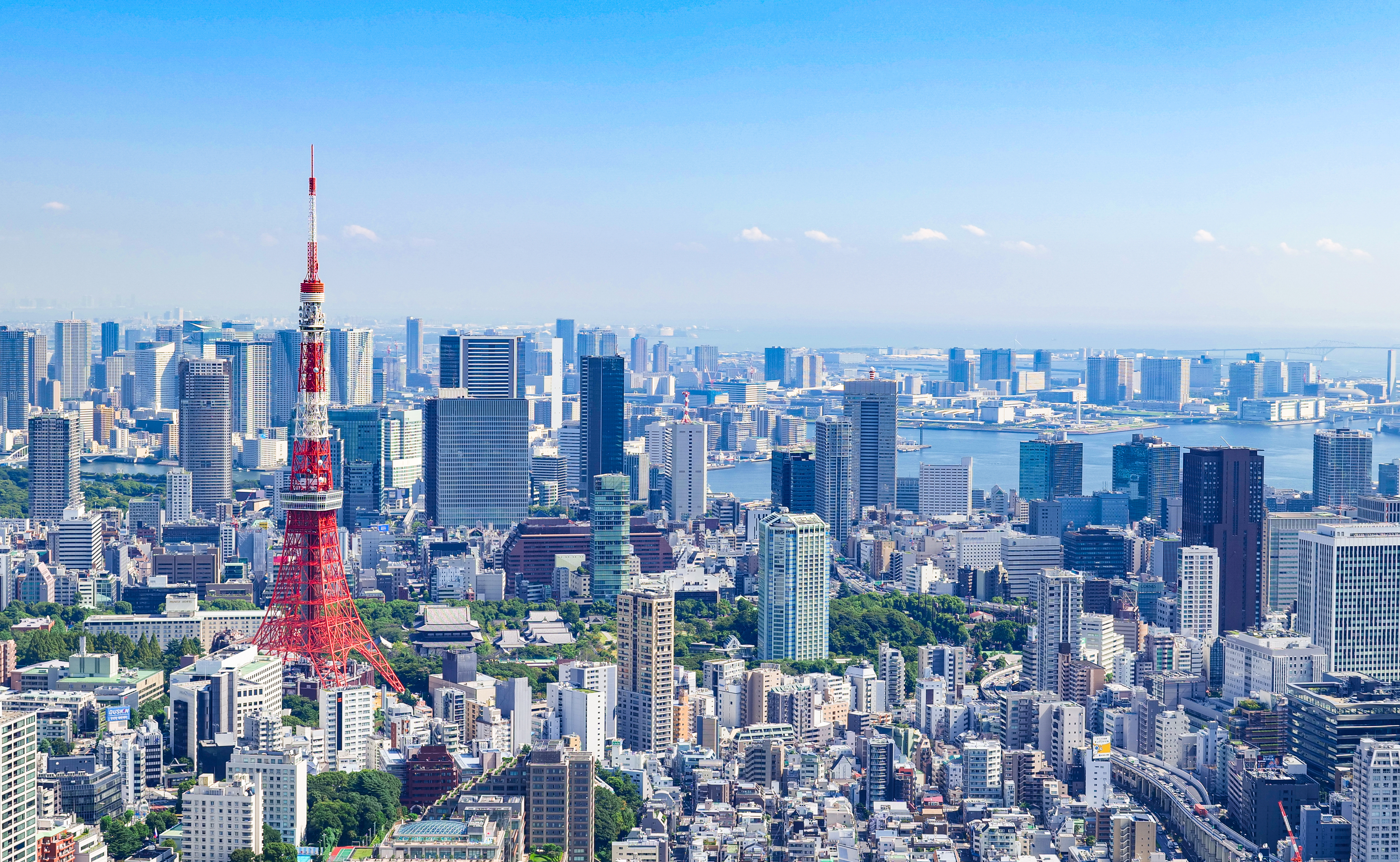Kumamoto Castle Marathon
The Kumamoto Castle Marathon is an urban marathon where you can experience Kumamoto's rich history and magnificent nature. Held every February, it's a 42.195km journey starting from Kumamoto Castle, circling through the city, and then through the rural landscape overlooking Mt. Kinbo. The start from the magnificent Kumamoto Castle is truly breathtaking. The course transitions from a flat section in the city to challenging ups and downs towards Mt. Kinbo, but the warm cheers from the roadside and the historic townscape and beautiful nature strongly push the runners forward. This event, held with the wish for recovery, awaits an unforgettable feeling and sense of accomplishment, created by the unity of runners and citizens.

